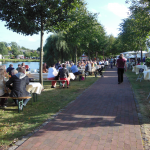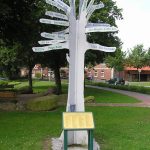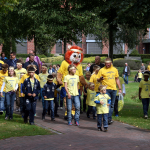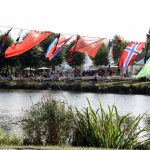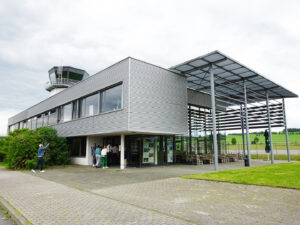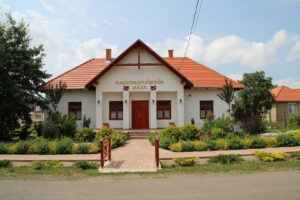
Lastrup, Lower Saxony, Germany
Lastrup is an autonomous municipality in the region Oldenburger Münsterland with a large main village and 14 smaller hamlets within the landscape with an average number of 30 to 200 inhabitants. Overall there are about 3.500 inhabitants living in the surrounding hamlets and 3.700 within the village itself. Lastrup is located within the recreational area Hasetal. In this area, a vivid art scene has developed, of which Lastrup is also a part with its arts and culture park. Until today there are numerous trade businesses of various sizes, a regionally characteristic agriculture with a focus on horse breeding as well as toursim establishments.
The “Vlämische Straße”, which was of great importance to the economy in earlier times and runs through the village, turned from a gift into a grudge in the second half of the 20th century because of an increase in traffic: the village core was cut in half, maldevelopment was the consequence. After long discussions about the pros and contras, a bypass was realised in 2009, that reduced the traffic but brought on new challenges: public spaces were no longer attractive and not functional, village structures and communication spaces in the public area were hardly existent. In 2012, a successful and sustainable process of change was initiated that was focused mainly on formulating functional requirements for the village space, adapting the village center and revitalising the receded spending power. For this purpose, a village development plan was created during a two-year open process with the inhabitants.
One aspect that was clearly recognised was the loss of earlier meeting places. The historic village center around the street is being relocated by means of designing free spaces in the surrounding areas around important buildings. The intended demolition of the Vlämische Straße, strolling spaces will be created that can be used for street festivals or small market places. Other highlights include the village park with its art scene, constructed in symbiosis with the Care and Retirement Home St. Elisabeth Stift-Lastrup; or the upcoming renovation of the “Haus Meiner” which will serve as a central point of coordination for all activities of civic engagement without direct relations to the town hall.
Aside from the first structural creations and planning, it is mostly the vivid village community that can be noticed. All social groups, particularly people with special needs or refugees, are excellently included. This is evident in the youth council, in an equality officer, a working circle for senior citizens, an integration officer and a social coordinator.
Lastrup successfully initiated an outstanding new beginning with a focus on motivation and inclusion via an excellent citizen participation process. Many projects were planed in a broad, participatory process with the inhabitants and despite the short timeframe of the process already implemented first steps. Particularly outstanding is the obvious thinking in symbiosis as well as the priorities of social togetherness of all generations, nationalities and minorities.
Evaluated: 2016



